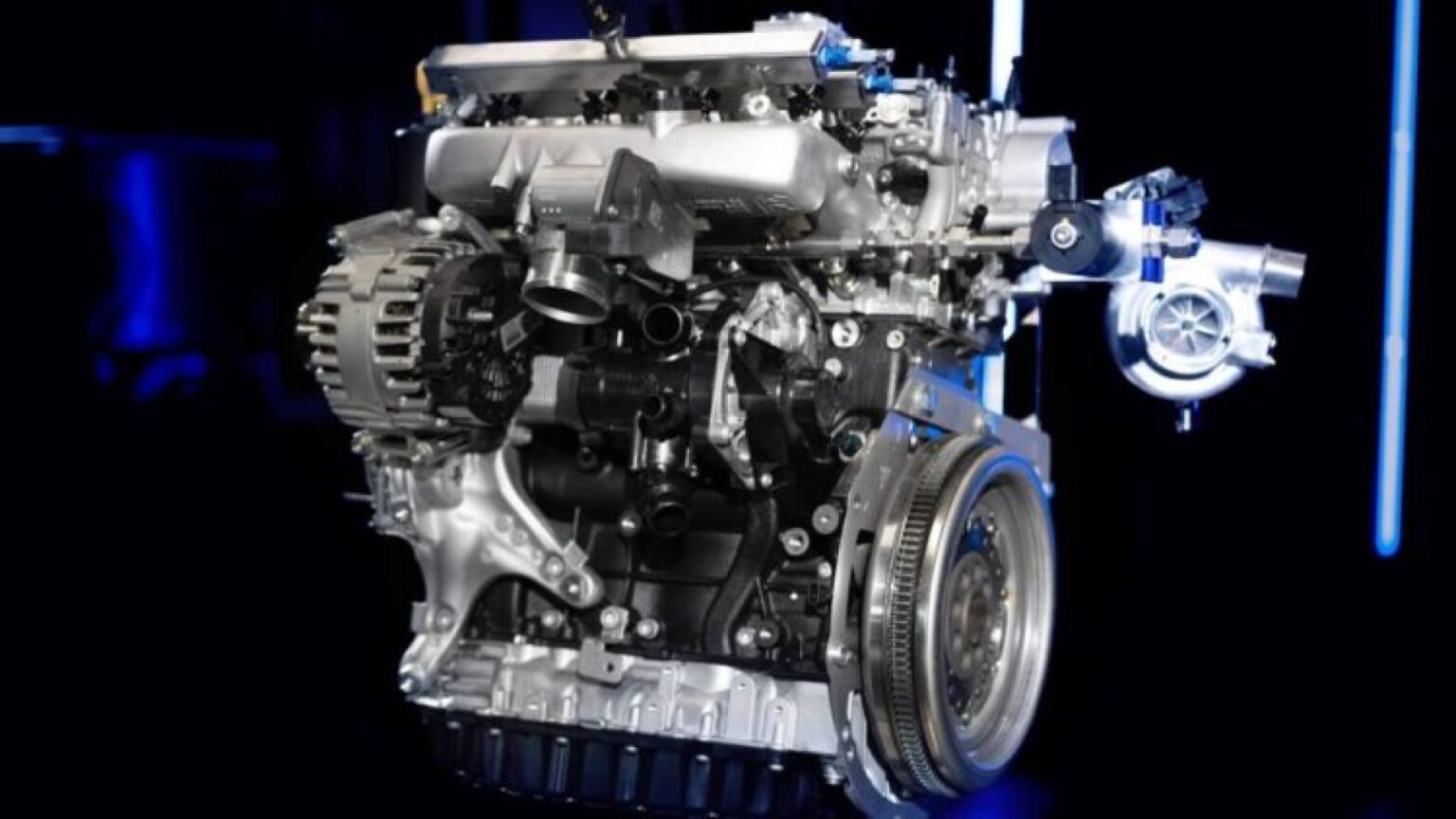A groundbreaking collaboration spearheaded by Professor John Spencer from the University of East Anglia and Assistant Professor Samuel Forbes from the esteemed Psychology Department has uncovered a pivotal connection, affecting infants as young as six months old. This correlation links the physical stature of infants to their cognitive abilities, intricately tied to brain function. The joint effort, which also involved the University of Nottingham, the Community Empowerment Lab, University of Iowa, Rhode Island Hospital, Brown University, and the Bill & Melinda Gates Foundation, represents a significant stride forward in comprehending early childhood development.
Central to this research is the concept of ‘visual working memory,’ a fundamental aspect of our cognitive framework responsible for maintaining and processing visual information. The study meticulously compared this cognitive capacity in infants experiencing stunted growth—a telltale sign of undernutrition and adverse environmental conditions—with their peers exhibiting expected growth patterns. The study’s findings are striking, revealing that infants with stunted growth display disrupted visual working memory, rendering them more susceptible to distractions. This poses a worrying precedent for their cognitive development, indicating a potentially diminished trajectory in the year ahead.
Continue reading… “Unveiling the Early Childhood Cognitive Nexus: Stunting’s Impact on Visual Working Memory”












